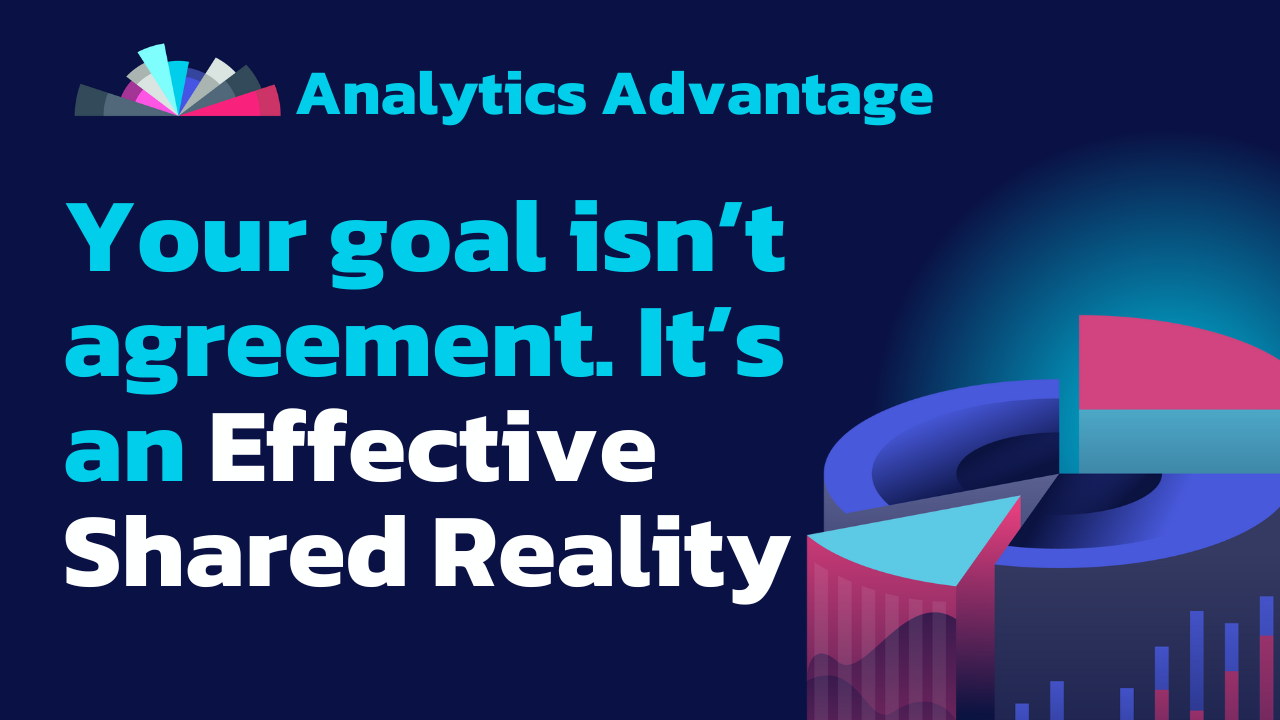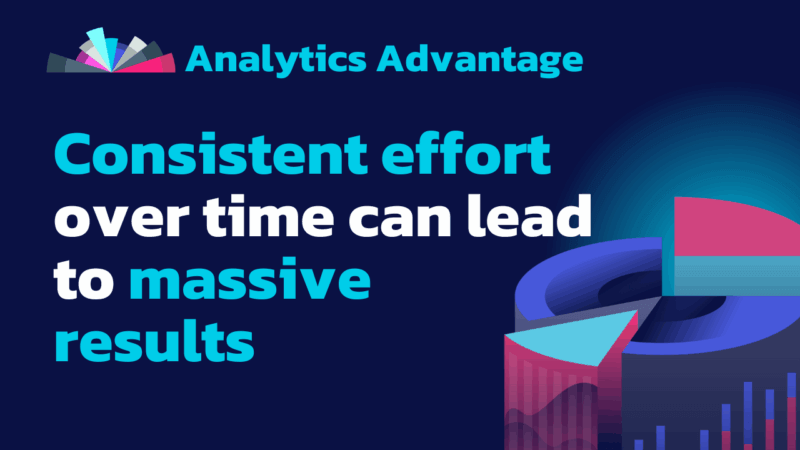
Newsletters
How to Save Your Customers From Themselves
Even when you know your customer is wrong, you can protect them, and your team, with humility, clarity, and a shared reality.
Is the customer always right? Yes, but not in the ways they think. We’ve all been there, asked to deliver something we know will not serve them in the long run. You resign yourself to let the lesson land the hard way. There is a better path.
How to Save Your Customers From Themselves
The risk of enabling bad decisions is real. Office politics are real too. We are complex people with complex motivations, stories, and histories.
Humility
Our egos are powerful motivators. To be a modern data leader, keep yours in check. Protect your team and their reputation, but leave your personal ego at the door. There is not room for it.
We cannot know everything about a business, process, or situation. Have the humility to trust that those closest to the work often know better than you. Offer guidance and counsel, then step back and let their expertise lead.
Focus on ideas, not personalities. You rarely get to choose who you work with. Some clients are a joy; others, not so much. Have the humility to serve them all the same.
Clear Communication
When you “have” to do something you disagree with, communication is your safety net. Your goal is to create what we at Action call an Effective Shared Reality, a common understanding of the why, what, and how of the work.
“Your goal isn’t agreement. It’s an Effective Shared Reality.”
How to create one:
- Ask your customer to define the why, what, and how of the work in their words.
- Review those definitions and expectations together, out loud and in writing.
- Modify the plan until both sides can clearly restate it.
This cannot be a tacit “yes.” Both parties must sign up for the decision and its consequences.
Installing a Safety Net
When you believe a customer is making a mistake, lay the groundwork for recovery. You have seen patterns before. Build in pivots. Document the rationale. Package the work so you can course-correct quickly when the realization hits.
“Control what you can, and let go of the rest.”
You are not responsible for their decisions, but you are affected by them. Control what you can, and let go of the rest. Once you have done what you can, wait. Play the long game. Patterns often play out as expected. When they do not, be glad and move on.
Controlling the Fallout
Eventually, the client may see why you cautioned them. Their first instinct may be to blame you. That is when your Effective Shared Reality matters.
The conversation might go like this:
Customer: This did not work out. You made this happen.
Data Leader: I hear you. Do you recall the Effective Shared Reality we created?
Customer: Not really.
Data Leader: We agreed this was the why, what, and how of the decision, correct?
Customer: Yes, I guess we did.
Data Leader: Then this outcome follows from that choice. I am ready to take a different approach if you are.
Customer: Okay, let’s redefine our Effective Shared Reality.
The essential part of the original agreement is that it is in their words. They cannot say you put words in their mouth or made them agree to something they did not understand.
Moving Forward in Humility
No one is perfect. We all make mistakes. Mature teams forgive, learn, and improve systems to address root causes, not scapegoat individuals. That is how responsible adults work, even if it is often the exception, not the rule.
Be the exception.
— Shaun Davis
Shaun Davis, your personal data therapist, understands your unique challenges and helps you navigate through the data maze. With keen insight, he discerns the signal from the noise, tenaciously finding the right solutions to guide you through the ever-growing data landscape. Shaun has partnered for 10 years with top data teams to turn their data into profitable and efficiency hunting action. Learn more about Shaun.





